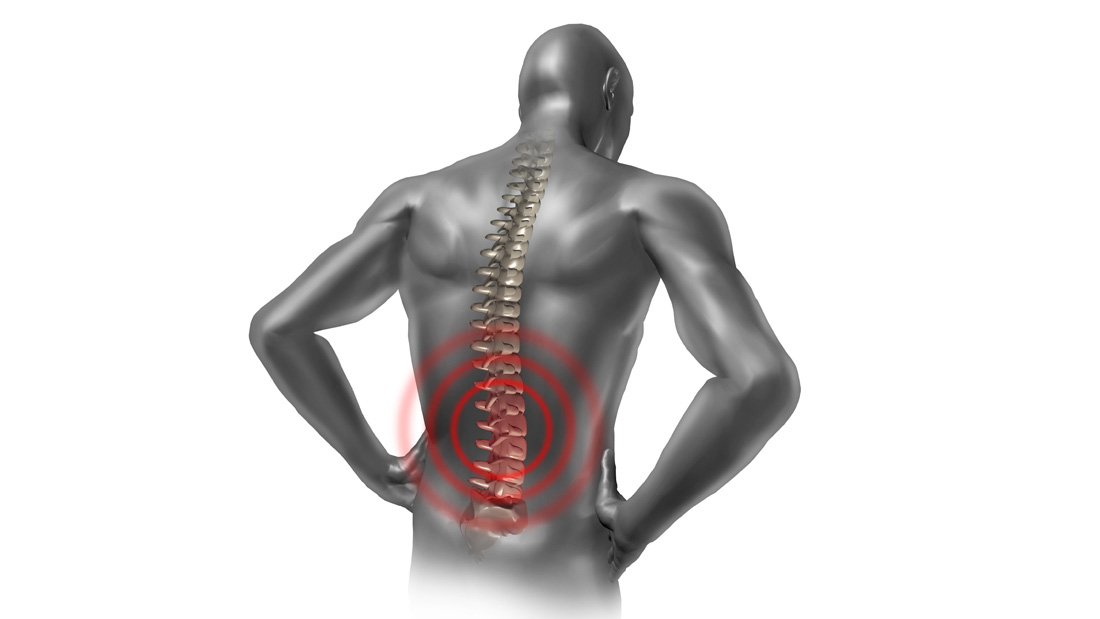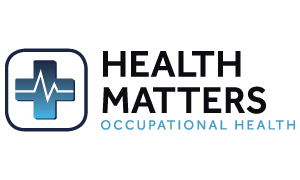
This week is Back Care Awareness Week, a national awareness week set up by BackCare, the UK’s leading charity for those impacted by back or neck pain.
Back pain is the second most common cause of sickness absence in the UK, affecting about 80% of adults at some point in their life. The Health and Safety Executive estimates on average per year there are 223,000 cases of work-related back problems and that 2.9 million working days were lost due to work-related back pain averaging at 13 working days per sufferer.
Back pain can be prevented in many cases so it’s important to consider the causes of back pain to reduce the risk of injury. If both the employee and the employer are aware of the risk factors/triggers for back pain they can take steps to reduce risk and minimise disruption to work and home life.
Causes of back pain
It’s not always possible to identify the cause of back pain but it’s rarely anything serious. Most back pain is what’s known as “non-specific” (there’s no obvious cause) or “mechanical” (the pain originates from the joints, bones or soft tissues in and around the spine) and although it may make movement troublesome for a while, it will get better over time.
It’s a myth that back pain is only associated with jobs that involve lots of heavy or repetitive lifting; it’s also common in people with sedentary jobs e.g. office workers, commercial drivers, and jobs where the employee has to stand in one place / hold a posture for long-periods e.g. production line workers.
Work-related tasks that can increase the risk of back pain include:
- Heavy manual labour
- Repetitive tasks such as manual packing of goods
- Sitting at a workstation for long periods of time
- Driving for long periods of time or driving over rough ground
- Operating heavy equipment e.g. an excavator
- Bad posture such as leaning over, stooping, bending over or crouching
- Incorrect lifting of objects- pushing, pulling or dragging loads that require excess force
- Prolonged periods in one position e.g. leaning over a workbench
What can employees do to reduce risk of developing back pain?
Individual factors can also increase the risk of developing back pain so employee education can help e.g. posters and leaflets in staff welfare areas, well-being talks.
- Exercise regularly – Walking, swimming and cycling are all good ways to build muscle in the back. Yoga and pilates are also good ways to improve core strength which can help prevent back injury.
- Keep an eye on your weight- Those who are overweight are putting greater pressure on the back
- Stop smoking- Smoking can reduce the flow of oxygen to the spine and can cause degeneration of the discs in the back
- Improve posture and stretch regularly- Being aware of your posture when standing, sitting or walking can help protect the back.
- Take Regular breaks- It’s advisable to take a short break from sitting every 30 minutes
- Rotate repetitive activities– Vary your tasks to avoid the same movements for prolonged periods using the same parts of your body
- Manage stress – perceived negative stress can result in muscle tension which can result in general aches and pains.
What can employers do?
Employers have a legal obligation to ensure that risks are reduced in the workplace to as low a level as is reasonably possible; these responsibilities extend to where an employee is working, whether it is off-site or in a variety of locations. An employer should:
- Perform risk assessments to try to identify the potential sources of back pain in the working environment and establish safer systems of work. General advice on how to carry out a risk assessment is contained in the HSE (GB) risk assessment document.
- Provide information, training and supervision on manual handling and safe ways to work. Click here to see our upcoming manual handling training courses.
- Encourage employees to warm up and stretch prior to lifting heavy loads or performing repetitive work
- Consider ways in which jobs could be made physically easier and safer to perform e.g. by moving loads on wheels, providing handles on loads enabling easier lifting, adjusting worktop heights
- Consult regularly with the employees on their health and wellbeing to help identify concerns or developing trends
- For desk workers, ensure workstation is set up properly to ensure forearms are comfortably resting on the desk, elbows are roughly at right angles and top of screen is eye level
Dealing with back pain
Resting may seem like the most obvious thing to do and this used to be the advice given however we now know this was bad advice. Staying active and moving is the best “treatment”; you may have to do some activities more slowly, split tasks up, or ask for help but try to keep doing your normal activities at home and at work as much as possible. You may need to use painkillers, ice or heat packs to help you stay mobile; always speak to a pharmacist about the most appropriate painkillers for you. The longer you are immobile, the more deconditioned and stiffer the back muscles become which can prolong recovery and increase risk of future episodes of back pain.
Back stretches and exercises can often help reduce back pain. Click here for some exercises to try.
Self-care alone can treat many episodes of back pain successfully however it’s a good idea to get help if:
- the pain doesn’t start to improve within a few weeks
- the pain stops you doing your day-to-day activities
- the pain is very severe or gets worse over time
- you’re worried about the pain or are struggling to cope
Your GP, specialist or physiotherapist may recommend extra treatments if they don’t think your pain will improve with self-help measures alone.
If you would like to keep up to date on relevant industry news and receive articles similar to the above, click here to be added to our mailing list.


